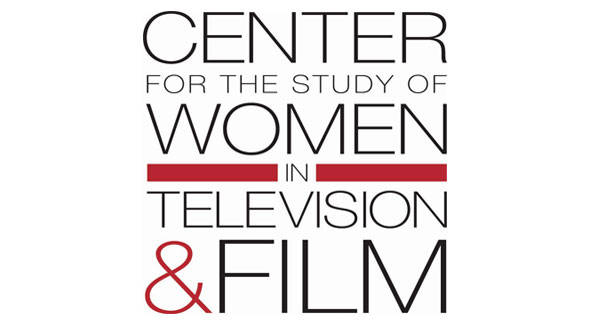Gender Inequality Still a Hollywood Feature
An SDSU study shows an increase in female protagonists in 2018 films, but the majority of roles continue to go to men.

But at the movies in 2018, women mostly found themselves in a quiet place. An annual San Diego State University study shows the voices coming through the theater speakers were, by majority, those of men.
Some 82 percent of top-grossing films last year had 10 or more male characters in speaking roles, according to the latest “It’s a Man’s (Celluloid) World” report by Martha Lauzen, executive director of SDSU’s Center for the Study of Women in Television and Film. Only 35 percent had as many speaking roles for women.
Other figures for women were marginally better than the year before. But Lauzen said the numbers show it's clear stories on film still are being told mostly from a male point-of-view. The report is derived from a content analysis of more than 2,500 characters across the 100 top-grossing domestic films of 2018. Overall, females comprised 35 percent of both major and minor speaking roles—up 1 percent from 2017. Additionally, women made up 36 percent of major character roles in 2018 , which is down 1 percentage point from 2017. Modest gains Overall, the percentage of films featuring female protagonists rose to 31 percent. This represents an increase of 7 percentage points from 2017, and slightly surpasses the previous high of 29 percent achieved in 2016. “2018 may be remembered as the year in which things were not quite as they appeared for female characters,” said Lauzen. Regarding race and ethnicity the percentage of black women in speaking roles increased from 16 percent in 2017 to 21 percent in 2018—a recent historic high. Conversely, the percentage of Latina roles declined from 7 percent in 2017 to 4 percent last year. The percentage of Asian females increased from 7 percent in 2017 to 10 percent in 2018. Lauzen said the spike is largely due to a single film, “Crazy Rich Asians.” As she explains in the study, when the film is excluded from the analysis, Asians accounted for only 8 percent of females. Female protagonists were most likely to appear in comedies (32 percent) and dramas (29 percent), They also were a presence in horror films (19 percent), science fiction features (10 percent), action features (7 percent), and films in other genres (3 percent). The appearance of female protagonists in a variety of genres, Lauzen said, “suggests female characters are being woven more deeply into all types of stories. If a particular genre temporarily falls out of favor, it is less likely that substantial numbers of female protagonists will disappear from the big screen.” Films with at least one woman director and/or writer featured higher percentages of female protagonists, major female characters, and females in speaking roles than films with exclusively male directors and/or writers. For example, in films with at least one woman director and/or writer, females comprised 57 percent of protagonists. In films with exclusively male directors and/or writers, females accounted for 21 percent of protagonists. “While female protagonists rebounded last year, slightly besting the previous high achieved in 2016, the percentages of females as speaking characters and major characters remained relatively stagnant,” said Lauzen. “Protagonists are the characters from whose perspective the story is told and so seeing more females in these roles is tremendously important. However, we are not seeing similar gains in the broader populations of major characters and in all speaking roles.”



